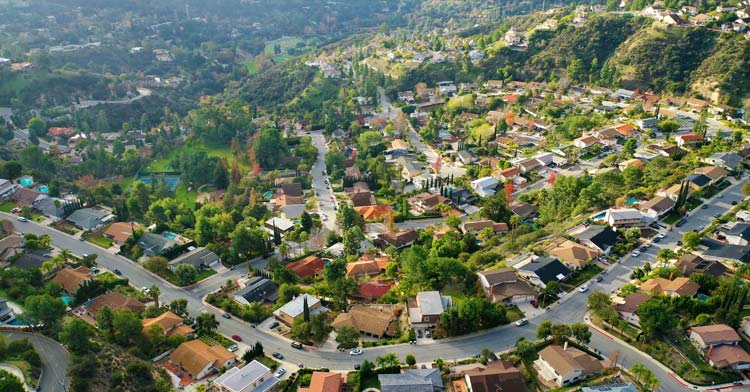Orange County Housing Report: Should we fear a Great Recession 2.0? Some say yes, but the data says no.

The following article includes views from Reports on Housing by Steven Thomas, economics expert and experienced real estate executive, and is not a reflection of the opinions, views, or predictions of Nuvision and its representatives.
Home values rising with no end in sight, buyers so anxious to snag a property that they’ll pay tens of thousands of dollars above asking price, the looming threat of rising inflation--are we in for another housing crash? Realities like these have many asking the question or even forecasting catastrophe, but the data just doesn’t bear out the conclusion.
Great Recession 2.0? Comparing circumstances in 2007 to 2021.
After many lost their homes due to short sale or foreclosure, the mere suggestion that we’re in for another Great Recession is enough to strike fear into homeowners. But thankfully, the factors that triggered that crash aren’t present today.
It's true that home values skyrocketed from 2000 to 2006, seeming unstoppable as they do now. Still, the crash had less to do with rising values than with irresponsible lending practices. Anyone could buy a home. Zero down payment loans, negative ARM’s, cash out refinancing, and subprime lending made it possible with virtually no qualifications. These practices triggered inflation in the housing bubble that couldn't be sustained and ultimately collapsed in 2007.
Supply and demand make the difference.
Our housing market landscape couldn’t be farther from that of 2006-2007. Back then, housing data had shown for years that the market was lining up for buyers. Inventory rose; demand drastically fell. At the end of 2006, the Expected Market Time was 225 days. By the end of 2007, it had reached 451 days. The threshold for a Deep Buyer’s Market is 150 days. The market in 2007 was ridiculously beyond that number.
Today, we’re pretty much the polar opposite. Inventory is at an unprecedented low, and demand is at a rare high. Thanks in part to historically low mortgage rates, the Expected Market Time is 22 days. For context, a Hot Seller’s Market is classified as below 60 days.
The market looks nothing like 2007. In fact, supply in 2007 was over six times what it is now, at 17,000 homes. The sudden drop in home values was preceded by a long Expected Market Time.
Should we worry about inflation?
The short answer is no. While some are predicting a rise in mortgage rates due to inflation, it’s necessary to take a closer look at the numbers.
Last week, alarms were sounded as the Consumer Price Index showed a 4.2% increase since last year. But this is a short-term issue caused by supply chain problems in lumber and a global chip shortage, as the Federal Reserve anticipated. Only a few products were affected—rental cars, sporting event prices, airline tickets, and some others. Mortgage rates remain under 3% and have not moved.
Back to reality: Let's take an objective look at the market.
With fears of disaster quelled, we can look at what’s really going on in the market. Demand continues to rise, with an increase of 1% over the past two weeks and a current total of 3,127 pending sales. Inventory has dropped by the same amount, 1% in two weeks, and now sits at 2,247 (the second lowest level since tracking started in 2004).
This time last year, there were 2,620 additional homes for sale and 1,505 fewer pending sales. Demand will probably peak this month, like it usually does in a Spring Market.
Bottom line? The market remains hot, with no sign of a crash in sight.




